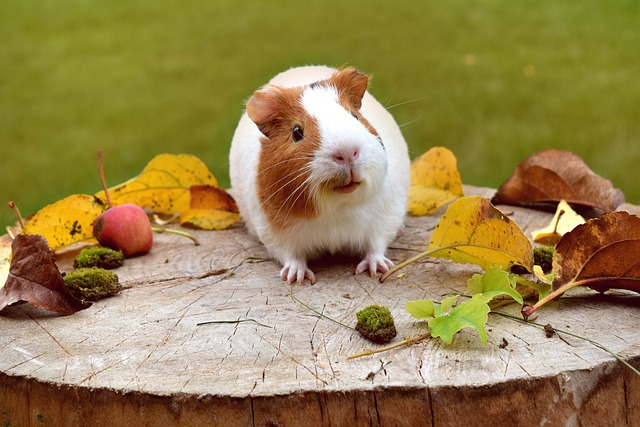As a responsible guinea pig owner, you want to ensure your furry friend is living a healthy and happy life. A balanced diet is essential for maintaining their overall well-being, and it’s not just about providing food; it’s also about creating an environment that supports their nutritional needs. In this article, we’ll explore the key aspects of creating a balanced diet for guinea pigs and provide you with practical tips to help you make informed decisions.
Firstly, it’s essential to understand the dietary needs of guinea pigs. These small animals are herbivores, which means they primarily feed on plant-based foods. Their digestive system is designed to break down and extract nutrients from high-fiber foods, such as hay, grass, and vegetables. A balanced diet should include a variety of these food groups to ensure your guinea pig gets all the necessary nutrients.
Hay should be the main staple of your guinea pig’s diet, accounting for at least 80% of their daily intake. Timothy hay or alfalfa hay are excellent options, but make sure to provide fresh hay every day to prevent digestive issues. You can also offer limited amounts of leafy greens like kale, spinach, and collard greens, which are rich in vitamins and minerals.
Vegetables should be introduced in moderation, as overfeeding can lead to obesity and other health problems. Some safe vegetables for guinea pigs include carrots, sweet potatoes, squash, and green beans. Avoid giving them too much of high-starch foods like potatoes or corn, as they can cause weight gain and other issues.
Fresh water should be available at all times, and it’s essential to change the water bottle or bowl daily to prevent bacterial growth. You may also want to consider adding a small amount of fresh fruit, such as berries or melons, to their diet, but only in moderation due to their high sugar content.
Grains should be limited in your guinea pig’s diet, as they can cause digestive issues and lead to obesity. However, some grains like oats or barley can be given in small amounts as an occasional treat.
A balanced diet for guinea pigs also extends beyond food; it includes providing a safe and clean environment that meets their nutritional needs. Make sure your guinea pig’s cage is spacious enough, with plenty of hiding places, toys, and opportunities for exercise. A temperature range of 65-75°F (18-24°C) and humidity levels between 50-60% are ideal for guinea pigs.
It’s also crucial to avoid giving your guinea pig foods that are toxic or can cause harm. Some common culprits include chocolate, caffeine, avocado, onions, garlic, and raw or undercooked eggs. Keep these items out of reach, and always read the labels on any commercial foods you provide.
Finally, it’s essential to monitor your guinea pig’s health and adjust their diet accordingly. If you notice any changes in appetite, stool quality, or overall behavior, consult with a veterinarian for personalized advice. Regular weigh-ins can also help identify weight gain or loss patterns, ensuring your guinea pig stays at a healthy weight.
In conclusion, creating a balanced diet for guinea pigs requires attention to detail and a willingness to learn about their specific nutritional needs. By following these guidelines and making informed decisions, you can provide your furry friend with the best possible start in life and help them thrive for years to come. Remember, every guinea pig is different, so it’s always best to consult with a veterinarian or experienced breeder for personalized advice.
Tags: guinea pig diet, balanced diet, hay, vegetables, fruits, grains, fresh water, cage environment, guinea pig health, weight management

